
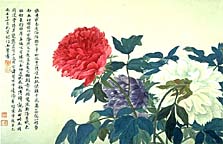
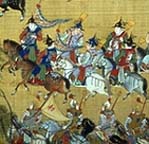
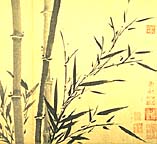




In China emporers were the earliest and most frequent patrons of art. Most of the artists in the early times were government employees, working by royal order to make pieces of art for the royal rooms. Royalty would want to have a good artist because it is said that the family's rise or decline would be decided if they had good art in their house. In China the kings would like to make their subjects feel safe, so a common way they would do that is they would continue the artistic achivements of past dynasties.  The art of China's earliest dynastic periods, known as the Bronze Age, focused on the dead. Concerned about the after life, kings and their officers constructed and decorated lavish tombs. Many tombs today are still intact and inside they have bronze vessels, weapons, carved jades, and ceramic objects that helped comfort the dead, in their new life. The walls were decorated, carved, or painted with scenes describing popular legends. 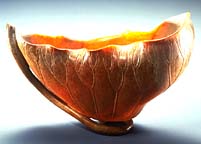 In the 4th century Buddhism brought new styles of sculpture and painting from India. Along with the new styles from India of landscape paintings, portraits flourished. Landscape became an important expression of both philsophy and art. Northern China, the primary center of Buddhism influence, was often focused on the studies of the six dynasties' art. In southern China, however, advances were also made in the areas of ceramics. In 1279 - 1369 the Mongol in version of song, altered chinese art particularly paintings and architecture. 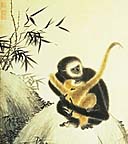 Even though the new invaders loved art, the artists felt uneasy at court and finnaly quit. In 1368 - 1644, the Ming Dynasty started an academy for royal arts which attracted most of the bird and flower painters of the Ma- Hsia school.
|

Buddhism | China's Natural Barriers | Fireworks
Chinese Art | Great Wall of China | Chinese Architecture | The Grand Canal
Silk Road |
Bibliography|Author's Page |Feedback to our Webmaster
Researched by Andrew M.